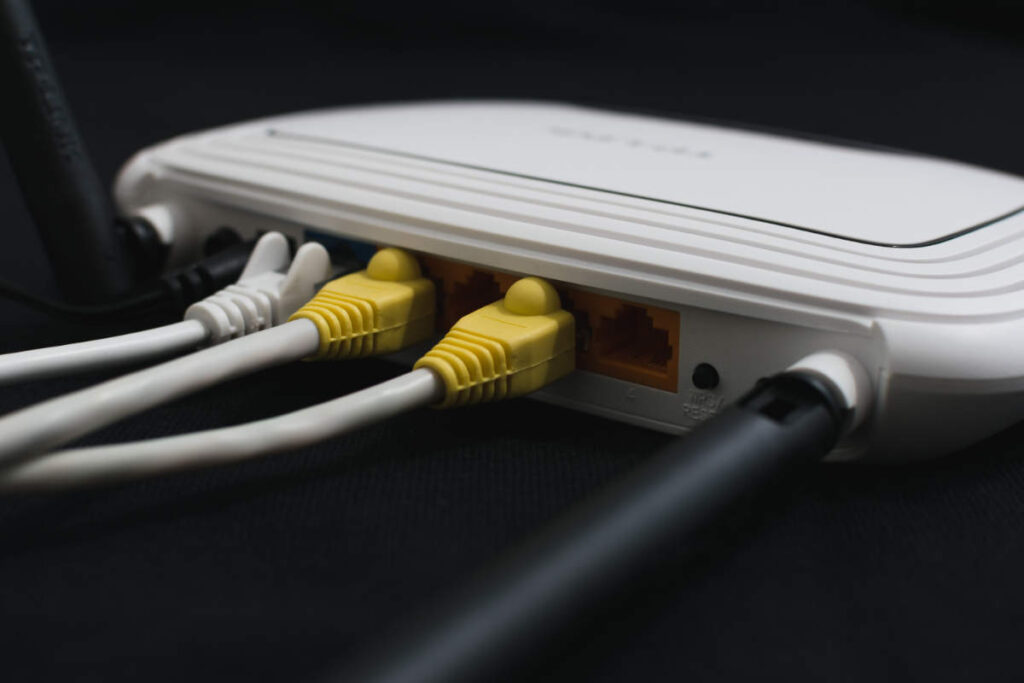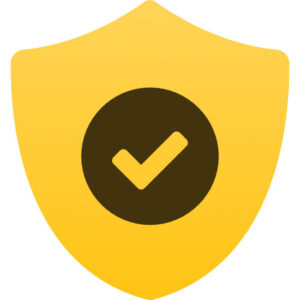MedicalAlertBuyersGuide.org is an independent review site. We may earn money when you click on links on our site. Learn More
Setting Up Senior Telehealth
America’s aging population has made an imprint on every branch of the healthcare system, not the least of which is the growing trend for aging in place. This growing demographic has encouraged the rise of telehealth, enabled by increasingly sophisticated technology and near-worldwide internet access. Through telehealth technology, seniors and their healthcare team can communicate remotely. This is often done with a combination of videoconferencing, messaging, and secure patient portals online.
Telehealth can be very convenient and straightforward to use. It’s taken off in popularity, particularly during the Covid-19 pandemic. However, not every senior will have a smooth first experience. According to a study by UC San Francisco, over a third of adults over 65 will struggle with telemedicine. This is especially true in rural areas, or with people with memory, sensory or mobility issues.
How can you set up a senior to succeed with telehealth?
Discuss Their Options
Start with a conversation with the senior and their healthcare team about implementing telehealth in the home.
- What software will be needed?
- What about hardware like health-monitoring devices?
- Is the house’s existing computer compatible with the hospital’s telehealth software?
- What healthcare can be given remotely and what still needs to be handled by in-person visits?
- How will the senior’s data be protected?
Set Up The Home and System

Your first step will be to check that the home has a stable and fast enough internet signal for videoconferencing software. Without that, telehealth likely won’t be possible. You may need to adjust the router’s placement, upgrade the internet package, or investigate satellite internet.
Next, download and install the necessary software. You might need to upgrade your computer’s security to the latest patch. After that, set up any log-ins with a username and secure password.
Does the senior need health monitoring devices to stay at home? There are a wide variety of smart devices available, from blood glucose meters to oxygen and heartbeat sensors. These can update the senior’s medical file or transmit real-time information to a remote healthcare worker. This can allow a nurse to monitor the senior’s health from miles away.
You’ll want to set up each device according to the manufacturer’s instructions. Check that they’re charged or plugged in, and then test that they will connect with the telehealth software. If this is a struggle, you may need to call the hospital or contact the monitoring device’s helpline. They may be able to walk you through some fixes.

A successful video call with a doctor isn’t just about software and internet speeds. A lot of it depends on the space where the call is made. Set up a video-friendly room or corner for the senior to consult with the healthcare team.
Try to remove distracting clutter, and mute any noisy devices. Position a seat so that the senior is facing the window or a relatively bright light. Avoid backlighting, which will make it impossible for the doctor to see the patient clearly.
Test and Troubleshoot

Before the first telemedicine call, do a trial run. Set your senior up in front of the computer and start the video call with another device in another room. Are they in focus? Can you hear them? You may need to bring the camera closer or offer a plug-in microphone.
What if the senior is confused by the software or disoriented? Their caregiver may be able to sit in on the call and help them operate the computer. The senior may also benefit from writing out ahead of time a list of their questions or health concerns.
Telemedicine Helps Seniors Get Quality Healthcare

Telehealth may be the wave of the future for healthcare. More and more medical service providers are including telemedicine as significant parts of their practice. Thanks to more user-friendly software and increasing high-speed internet coverage, seniors are now taking advantage of this option. They’re receiving fast, convenient medical services in their own homes.

